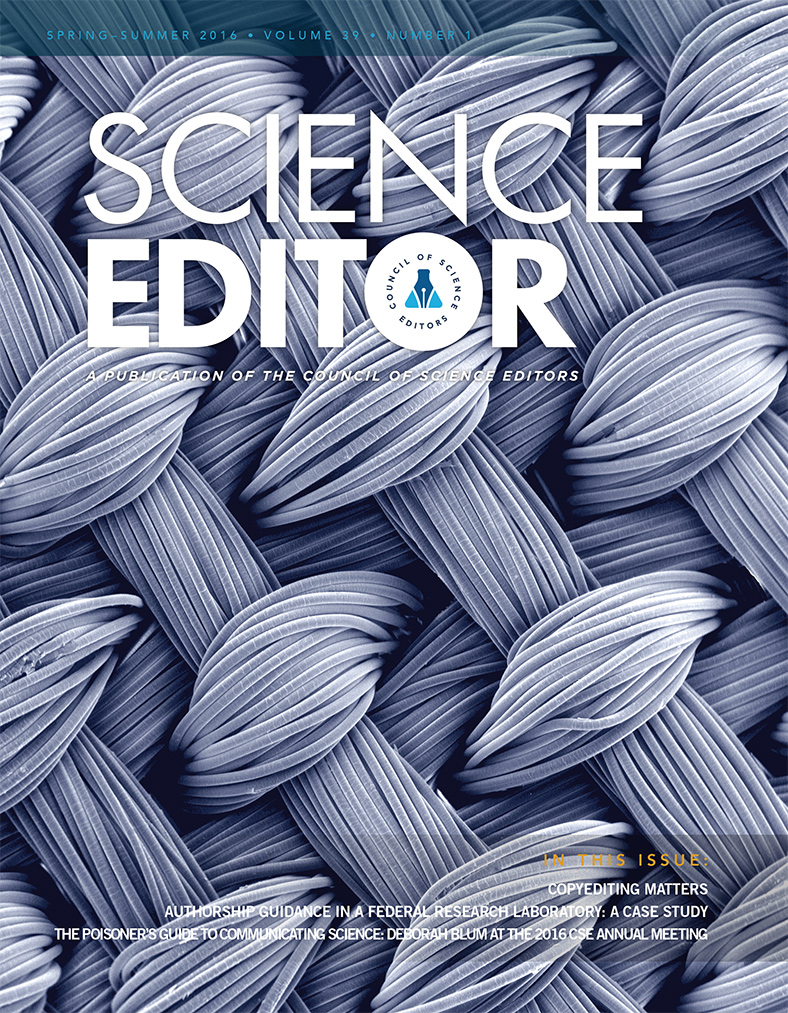Due to a lack of blood vessels and other characteristics, cartilage heals very slowly. One way to accelerate natural cartilage repair and growth is to use tissue engineering, or the artificially-stimulated production of functional replacement tissue. The image shows a three-dimensionally woven biomaterial scaffold. The scaffold consists of multiple layers of resorbable fiber bundles that have been woven into a porous structure. The scaffold is then seeded with cells that grow to become new tissue as the fibers are resorbed. The fibers provide stiffness and strength in a manner that mimics native collagenous tissues such as cartilage. This work to use tissue engineering to generate replacement cartilage is supported by NIH funding from the National Institute of Arthritis and Musculoskeletal and Skin Diseases. Recent work using this 3D woven scaffold to develop a bioartificial hip was published in PNAS www.pnas.org/content/early/2016/07/25/1601639113.abstract.
Image credit: Farshid Guilak (Washington University in St. Louis) and Frank Moutos (Cytex Therapeutics, Inc.). 2012 FASEB BioArt (http://faseb.org/Resources-for-the-Public/Scientific-Contests/BioArt/About-BioArt.aspx) contest winner, reprinted courtesy of FASEB.

